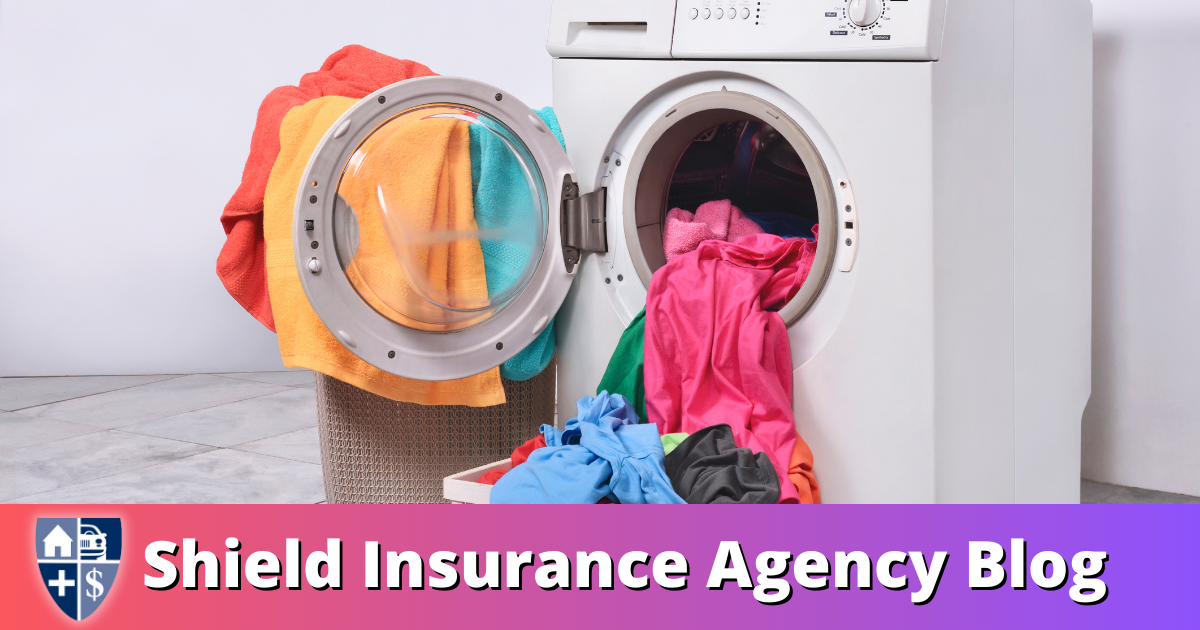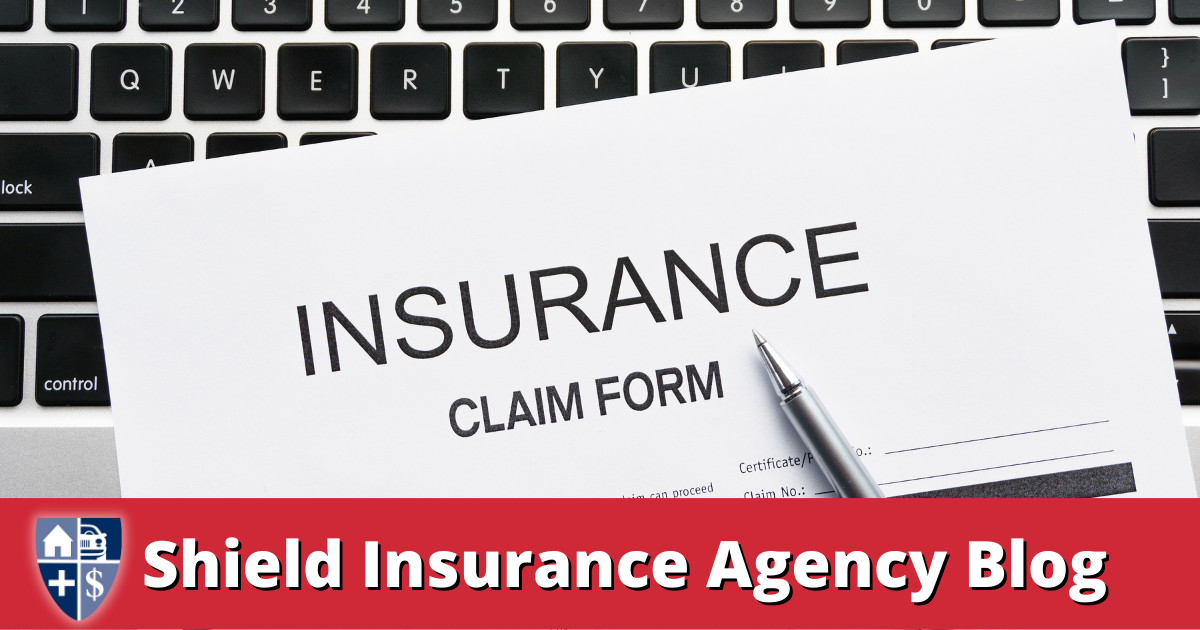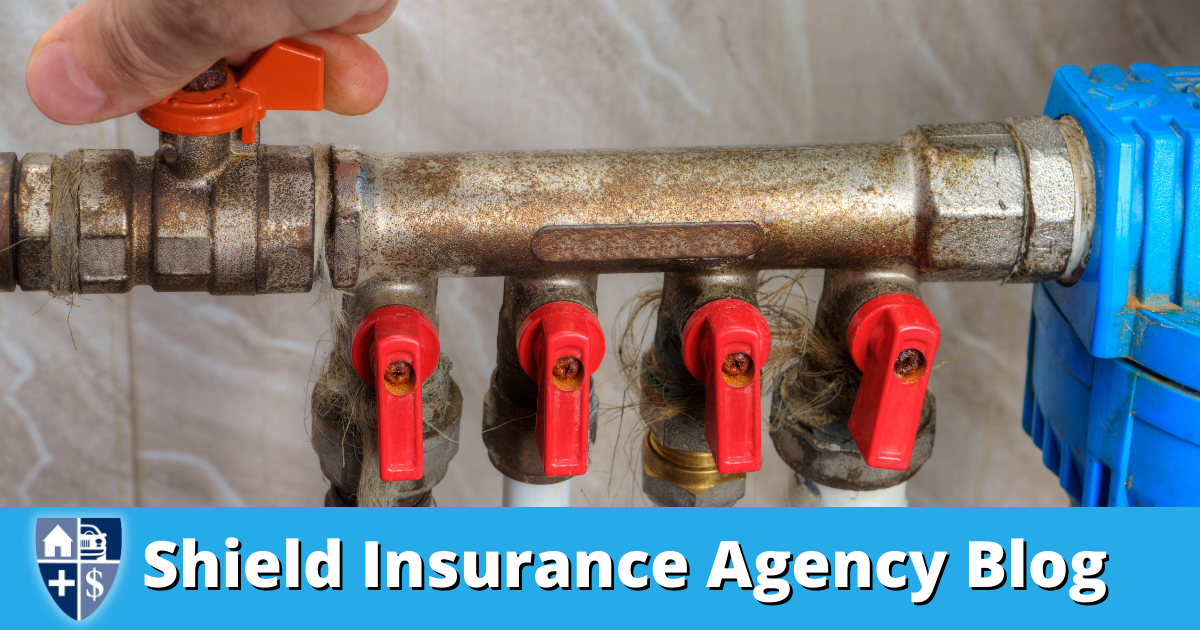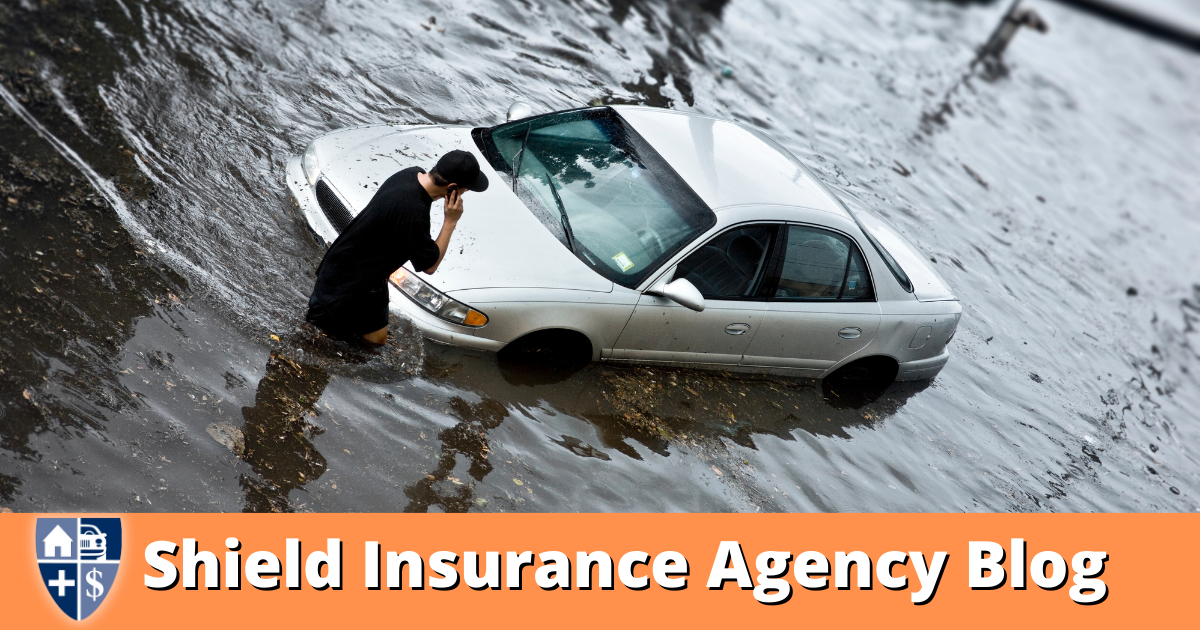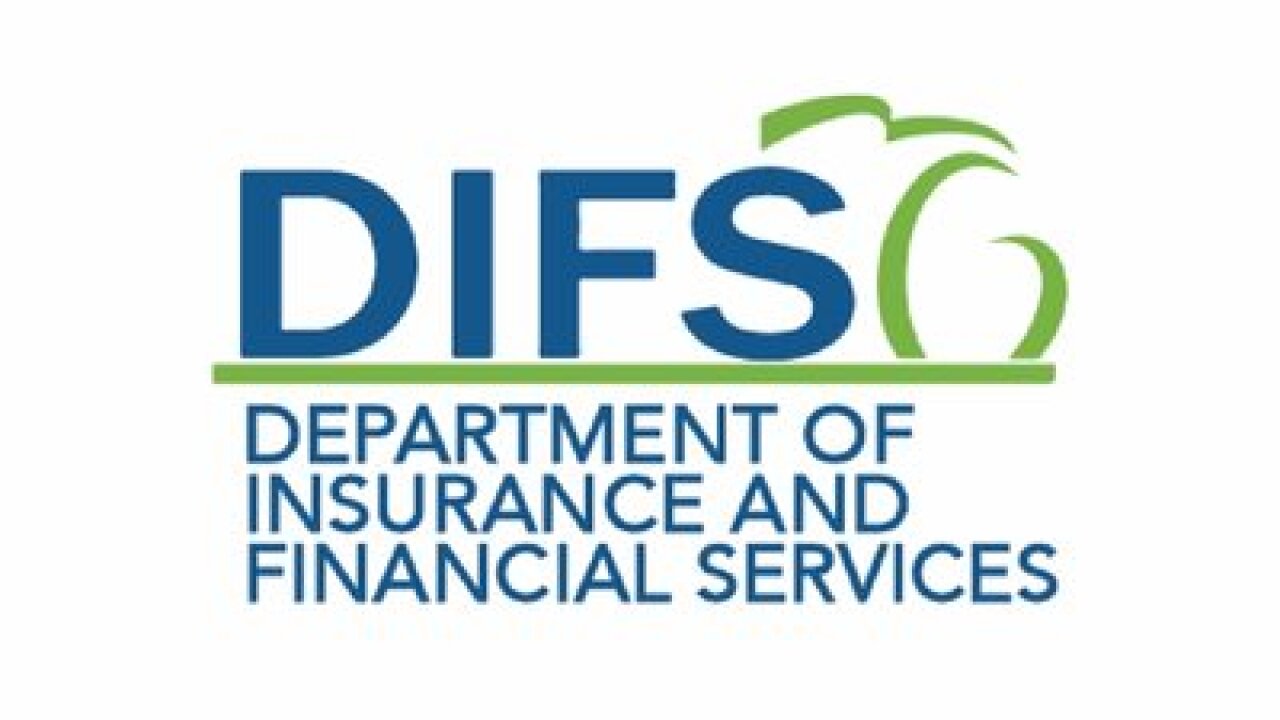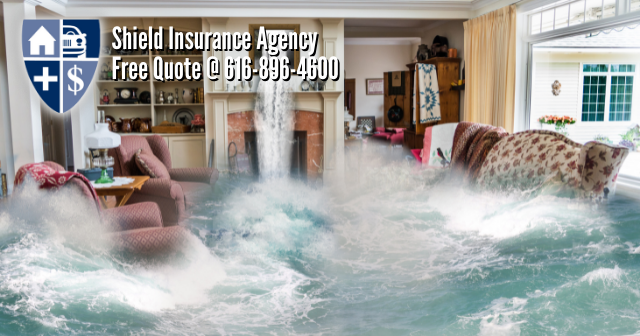
Five Parts of an Insurance Policy
Shield Insurance Agency Blog | May 19, 2023 | Insurance | Start a quote today!
Insurance policies can be complex and confusing, but understanding the different parts of a policy is essential to ensure that you have the right coverage for your needs. In this blog post, we will discuss the five parts of an insurance policy: premium, deductible, policy limits, exclusions, and riders.
1. Premium: The premium is the amount you pay for your insurance coverage. It is typically paid on a monthly or annual basis and is based on several factors, including your age, location, and the type of coverage you need. The premium is the cost of your insurance policy, and it is important to choose a premium that fits your budget.
2. Deductible: The deductible is the amount you pay out of pocket before your insurance coverage kicks in. For example, if you have a $500 deductible and your car is damaged in an accident that costs $1,000 to repair, you will pay $500, and your insurance company will pay the remaining $500. Choosing a higher deductible can lower your premium, but it also means you will pay more out of pocket if you need to file a claim.
3. Policy Limits: Policy limits are the maximum amount your insurance company will pay for a covered loss. For example, if you have a $100,000 policy limit for liability coverage and you are sued for $150,000, you will be responsible for paying the remaining $50,000. It is important to choose policy limits that are high enough to protect your assets in the event of a lawsuit.
4. Exclusions: Exclusions are specific situations or events that are not covered by your insurance policy. For example, if you have a homeowner’s insurance policy that excludes flood damage, you will not be covered if your home is damaged by a flood. It is important to read your policy carefully to understand what is and is not covered.
5. Riders – Additional coverage and options: Riders are additional coverage options that you can add to your insurance policy. For example, if you have a homeowner’s insurance policy that does not cover earthquake damage, you can add an earthquake rider to your policy for an additional cost. Riders can provide additional protection for specific situations that are not covered by your standard policy.
Does Your Insurance Meet Your Needs?
Understanding the different parts of an insurance policy is essential to ensure that you have the right coverage for your needs. It is important to review your policy regularly and make changes as needed to ensure that your coverage meets your current needs. If you have questions about your insurance policy or need help choosing the right coverage, contact your insurance agent for assistance.
At Shield Insurance Agency, we are committed to helping our clients find the right insurance coverage for their needs. Our experienced agents can help you understand the different parts of your insurance policy and make sure that you have the coverage you need to protect your assets and your family. Contact us today to learn more about our insurance products and services.
- What value comes with my renters insurance plan in Michigan?
- Navigating Michigan Auto Insurance: Understanding Collision Coverage
- Russ Cook Runs 385 Marathons In 352 Days, Becomes First Man To Run Entire Length Of Africa
- Life Insurance Demystified: Whole Life vs. Term Life – Which is Right for You?
- Restaurant’s Quest For Mystery ‘ French Fry Girl ‘ Ends In Heartwarming Discovery




